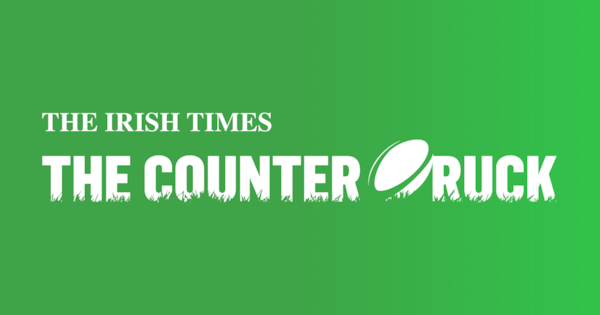Who was made by the Lions? Who, if anyone, had their downfall because of touring down in the southern hemisphere?
Saying any player saw the Lions as make or break for their career is a difficult concept. Most, if not all, players are established internationals, stars in their home country by the time they get called up to tour. Even those who had tour stinkers have, for the most part, gone on to have good international careers afterwards.
Still, there are players who saw their reputation enhanced by the Lions. Is there anyone remembered more for their exploits in red rather than their national strip?
As for the breaks, did anyone really have their career ended because of the Lions? There aren’t a lot of examples. But there have been plenty of difficult tours for individuals, either on the pitch or, in one noteworthy example at least, because of their legendary off-field antics.
RM Block
Make
Rob Kearney
To say the 2009 Lions tour “made” Rob Kearney’s career does a disservice to what came before. When Ireland won the Grand Slam that year, the Co Louth native started every game.
He was also Leinster’s starting fullback during their Heineken Cup run that year, only for injury to see him miss the Croke Park semi-final against Munster. He returned to a bench role for the final, Isa Nacewa lining out at 15.
Yet there is no disputing that Kearney went to South Africa that summer a first-choice international, but returned a bona fide star. Lee Byrne was the named the starting 15 for the first Test. Kearney revealed in a recent interview that Byrne was offered a heads-up prior to the selection meeting via a text from assistant coach Rob Howley. Kearney’s Leinster team-mate Luke Fitzgerald spotted the message while sitting near Byrne.
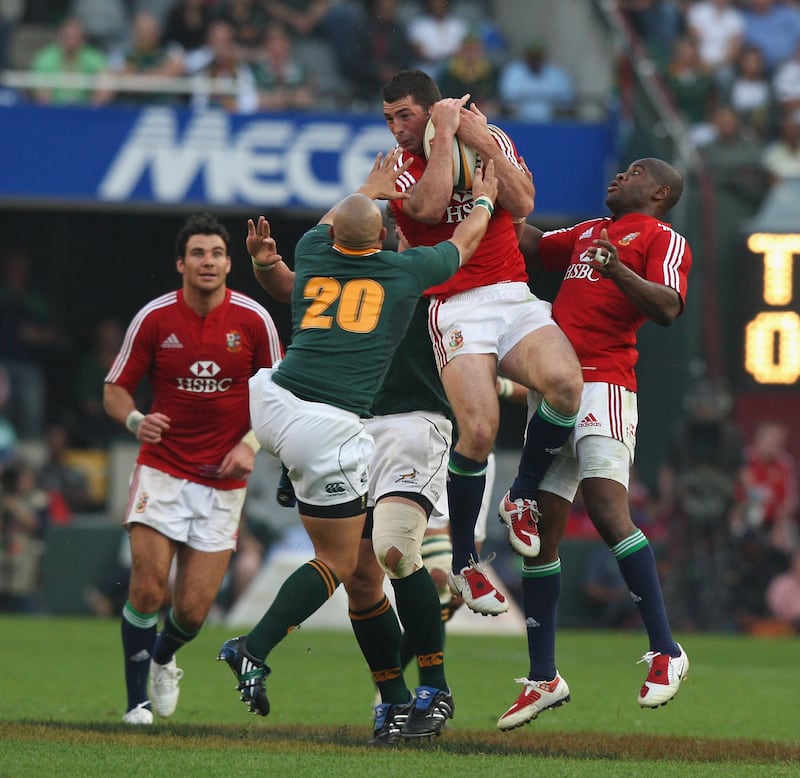
However, when Byrne went off injured before half-time, Kearney entered the fray. He was promoted into the starting backfield for the second Test, a game in which he announced his arrival as one of the game’s better fullbacks thanks to his aerial dominance.
Kearney also scored the Lions’ only try of the game in an infamous contest which ended in a last-second defeat after Morne Steyn punished Ronan O’Gara’s aerial infringement. Had the Lions won that series, Kearney’s ability to defuse a Springbok strength, the high bomb, would have been vital.
Two years into his international career at that stage, he went on to earn just shy of 100 caps for Ireland, winning four Six Nations titles alongside four European crowns with Leinster.
Alex Corbisiero
We may well be stretching the definition of a Lions series “making” someone’s career with England prop Corbisiero. Initially, his prospects of making the 2013 tour to Australia looked nullified by a knee injury which ruled him out of the entirety of that year’s Six Nations.
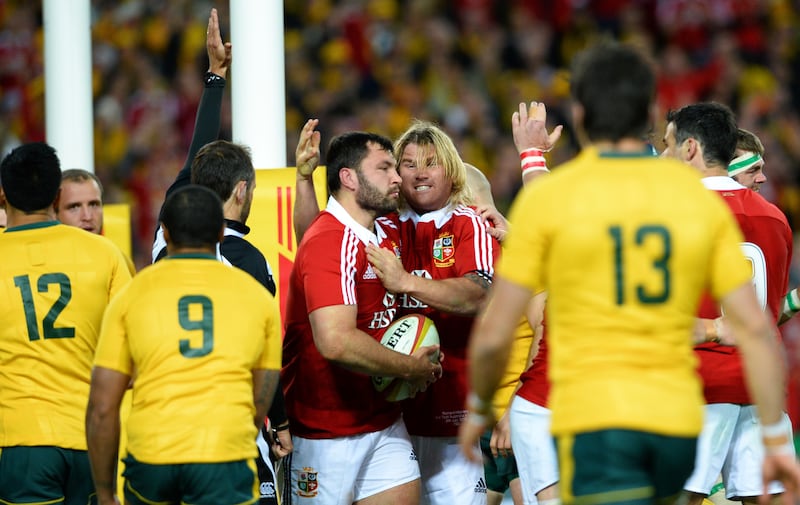
Yet when Cian Healy went down in the second tour game against the Western Force, Corbisiero’s phone rang. His subsequent contribution is difficult to understate, even if scrum penalties might not be everyone’s idea of beautiful rugby.
While he started the first Test, it was Corbisiero’s dominance in the third which earned him a place in propping folklore. He got on the end of the first-minute try which set the tone for the Lions’ dominance, but his set-piece work is what stands out.
Such was the extent of the Lions’ upper hand at the scrum, referee Romain Poite sent Wallaby tighthead Ben Alexander to the bin with fewer than 25 minutes on the clock. Alexander’s scrummaging nemesis? Corbisiero.
As much as the England prop added value with his early five-pointer, Leigh Halfpenny kicked nine points in the first half alone thanks to three scrum penalties. Corbisiero’s frontrow team-mates Adam Jones and Richard Hibbard could rightly claim their credit for the damage, as should the entire scrummaging eight. Yet the story of the overlooked late call-up catapulted into Test dominance has long been romanticised.
Especially as Corbisiero only made two further international appearances after that tour, injuries curtailing his career. The prop has Six Nations and Premiership medals, but nothing boosted his reputation as much as his Lions stint.
Willie John McBride
Low-hanging fruit? Maybe. But be honest, is it the Ballymena forward’s exploits in the green of Ireland or red of the Lions which have earned him more renown?
In today’s professional era, with a better developed and marketed international game, McBride may well have been as much of an Irish star as a Lions one. Given the hype machine that is Lions inc, they do a much better job of eulogising his five tours than Irish rugby has done with his 63 national caps.
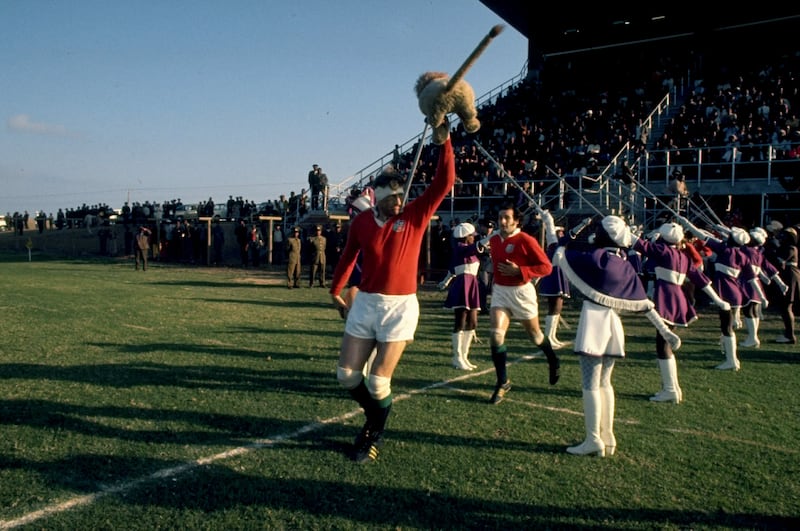
McBride was a Lion in 1962, 1966, 1968, 1971 and 1974. His 17 Lions Tests and 70 appearances in red are both records which, given today’s era of shorter tours, will almost certainly never be broken.
The Ulsterman was part of the infamous 2-1 victory over New Zealand in 1971, while his leadership of the 1974 tour is arguably his most lauded contribution. Rugby loves some nostalgic amateur violence, hence the popularity of McBride’s ’99’ call, an instruction to raise fists and fight back against what was seen as Springbok thuggery. Perhaps again a measure of the Lions modern marketing ability, that tour is remembered by some for 99 and a 3-0 win as much as the controversy of travelling to apartheid South Africa.
A more modern measure of McBride’s Lions status is the authority given to him by others. Prior to this tour, McBride said the number of players travelling who were born outside the four countries “bothered” him. Whether we agree with him or not, it is a marker of McBride’s standing in Lions folklore that the comments of a man who last wore the red shirt in 1974 got the attention they did.
Break
Austin Healy
The England scrumhalf was never one to say nothing when something could be said. But the Lions tour of Australia in 2001 went badly wrong for several reasons with Healy in the eye of the storm.
Coach for the tour Graham Henry later wrote of “an age-old story. Betraying trust and betraying your mates for 30 pieces of silver.” Discontent followed the squad from the beginning when Henry picked 10 Welsh players to tour when they were hammered by England that year 46-12.
The Lions had beaten Australia in the first Test match in The Gabba before losing the second in Colonial stadium. Rob Howley had been first choice scrumhalf for those games.

Although the Leicester and England star withdrew from the Test decider against Australia because of a back injury, Healy’s column in the Guardian made all the news and drew the ire of the Lions management. BBC columnist Matt Dawson had already criticised the style of management and training on the tour.
When Healy made negative remarks about Australian weather, the country’s male population and took a swipe at Wallabies lock Justin Harrison, whom he labelled a “plod” and a “plank”, all hell broke loose. A poetic end to the controversy arrived in the final Test which Australia won, with Harrison’s lineout steal near the end averting a potential Lions try that could have won the game and the series.
When Healy returned home he brought out his own book Lions, Tigers and Roses, telling stories of how some players on the tour had referred to Henry as “that Kiwi runt”.
And Harrison, well the “ape, plod and plank” joined Ulster in 2005 on a three-year contract.
Stuart Hogg
The 2013 tour to Australia probably came too early for one of Scotland’s outstanding players. Distantly related to footballer George Best, Hogg was a charismatic fullback but as a young 20-year-old, the same age as Henry Pollock is on this year’s tour, his selection came well before his peak.
He played five of the Lions’ warm-up games but failed to make a Test team. Then when the 2017 tour to New Zealand arrived four years later, thoughts turned to the game-changing back, who was then an influential figure with Scotland.
Hogg had an underwhelming first game-and-a-half before being injured by an accidental stray elbow from team-mate Conor Murray, instantly ending his tour and his chance to prove himself on the Test match stage.

Four years later on the 2021 tour to South Africa, Hogg was picked at fullback in the 17-22 first Test win. He started again in the second game against the Springboks but the Lions lost 27-9. But by the third Test in Cape Town, Warren Gatland had seen enough and Hogg didn’t even make the matchday squad with Welsh back Liam Williams starting and England’s Elliot Daly as utility backup on the bench.
Hogg never made the running impact of which he was capable. There were also defensive howlers in the Test matches and he never quite gave certainty, especially under some high balls. Then with Exeter Chiefs and the Six Nations Player of the Year in successive seasons in 2016 and 2017, one of Scotland’s most talented players failed to roar as a Lion.
Blair “Paddy” Mayne
A Lions tourist in 1938, Mayne is better known these for his depiction in the BBC docudrama SAS: Rogue Heroes as one of the founding members of the infamous unit during the second World War.
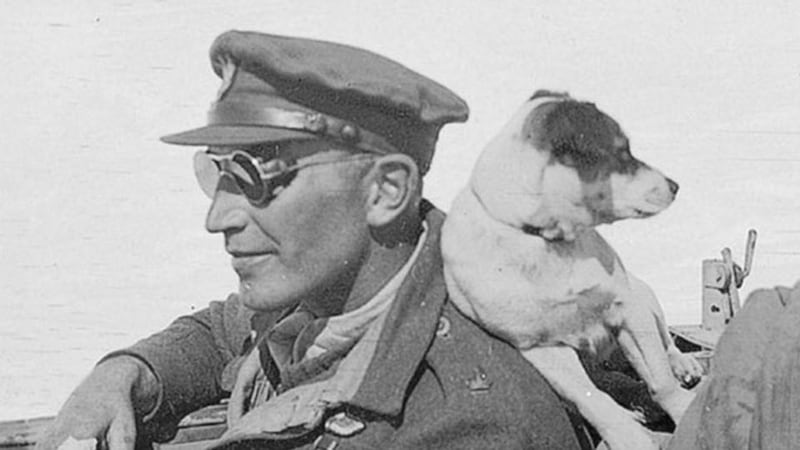
Originally from Newtownards, Mayne debuted for Ireland in 1937, going on to earn six caps and selection for the next year’s tour of South Africa. While there, he gained infamy for smashing team-mates’ hotel rooms, hunting a springbok (the animal, not a rugby player) and helping to temporarily free a convict who was working on the construction of the Ellis Park Stadium.
So the story goes, when the con was found a day after being released by Mayne and co, he was found wearing a jacket with the Ulster secondrow’s name stitched on the collar.
In the springbok incident, Mayne reportedly left the animal’s carcass outside the room of the South African manager. It was not a foreshadowing of what was to come, the Lions losing the series 2-1. Knowing he would be in trouble given his significant rap sheet, Mayne disappeared from the squad, not resurfacing until everyone made for the ship home.
When war broke out in 1939, Mayne joined up with the Royal Ulster Rifles. He was later recommended to David Stirling when the SAS was formed, the series of events depicted by the BBC show which was released in 2022.
As much as war interfered with Mayne’s rugby career, given his legendary off-field behaviour, he would have done well to stay in the good books long enough to earn a second Lions tour in an alternative version of history.





















